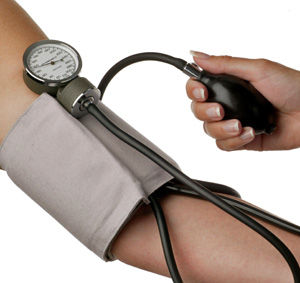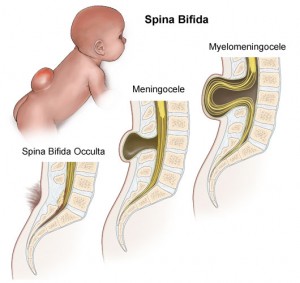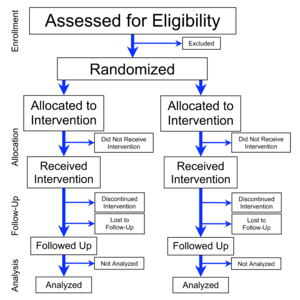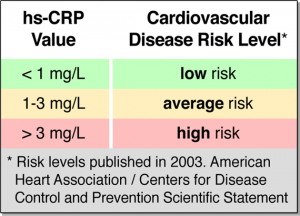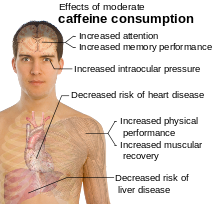Dr. Andreas Papassotiropoulos and his group from the University of Zurich in Switzerland have published an interesting paper in the January issue of archives of Neurology (Arch Neurol 2003;60:29-35). These researchers found when they compared a certain genetic area of 201 patients with Alzheimer’s disease with that of 248 control subjects, that there were important differences in the socalled CYP46 genotype.
A modified form of this genetic region (CYP46*TT genotype) was much more common in the late onset Alzheimers patients than in normal controls. When this test was found to be positive in a patient, this was associated with a 2.16-fold risk of Alzheimers. However, if another known genetic Alzheimers marker (apolipoprotein E epsilon-4) was present also at the same time, the risk of that person having Alzheimers was 9.6-fold when compared to normal controls. With another group of patients who had died from Alzheimers disease, autopsies were done and the brain tissues and cerebrospinal fluids was examined. It was found that the brain tissues and cerebrospinal fluids were loaded with beta-amyloid, which is the glue-like substance typical for Alzheimers.
The Swiss authors concluded from their study that CYP46 is a novel susceptibility gene, which allows to test for Alzheimer’s disease. From other studies it was known that the CYP46 gene encodes the cholesterol 24-hydroxylase, an enzyme that breaks down cholesterol in the brain.
It was also known that the beta-amyloid is a by-product of this changed cholesterol metabolism in brains of Alzheimers patients. There are now new possibilities of prevention, if perhaps changes in diet would prevent the accumulation of cholesterol in the brain. Also, medications could be developed that help reducing the cholesterol load of Alzheimers brains to prevent the devastating memory loss.
Related link regarding Alzheimers and dementias: http://www.nethealthbook.com/articles/neurologicaldiseases_alzheimersandothers.php
Last edited December 10, 2012




